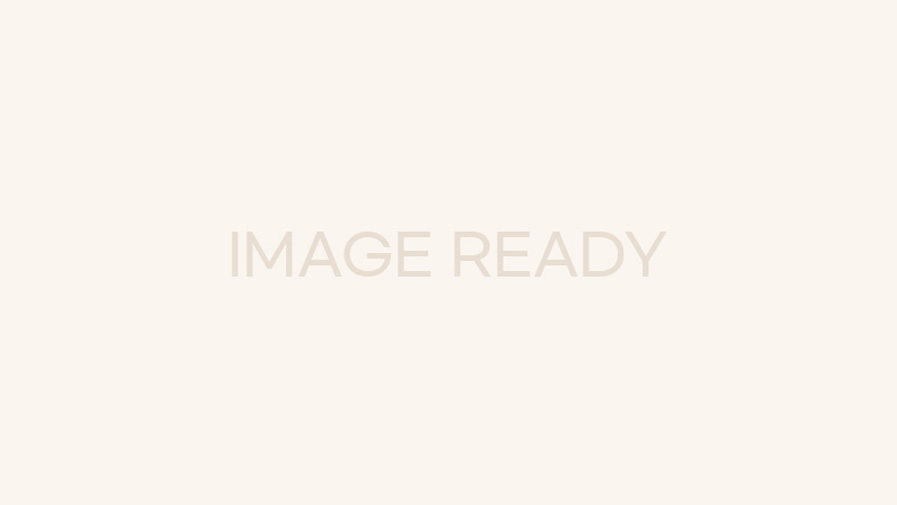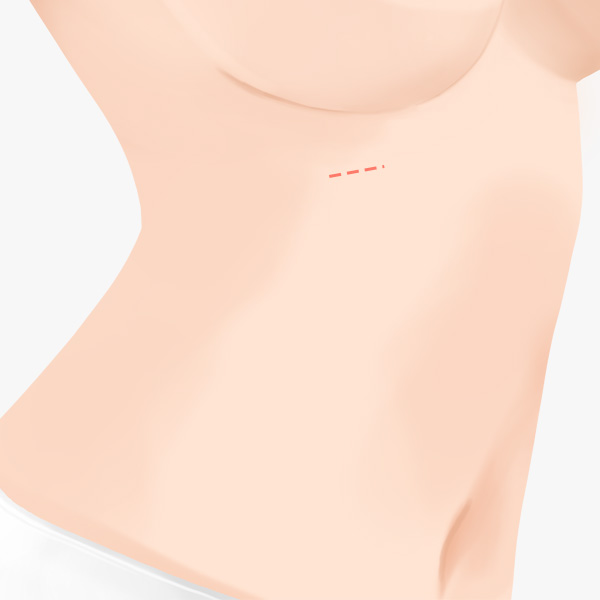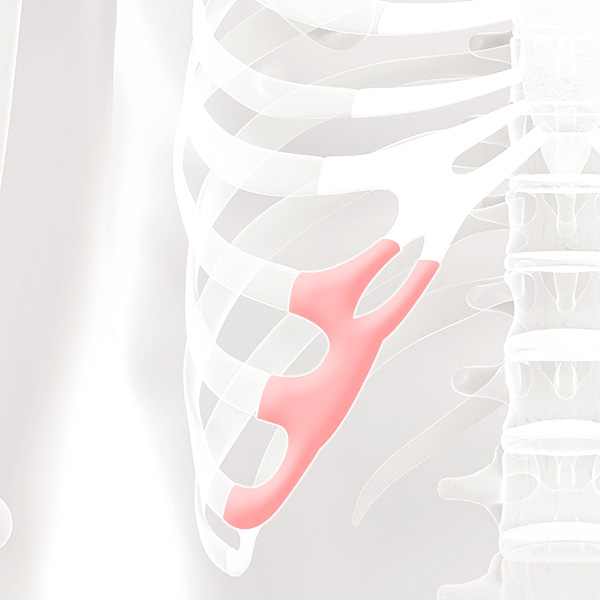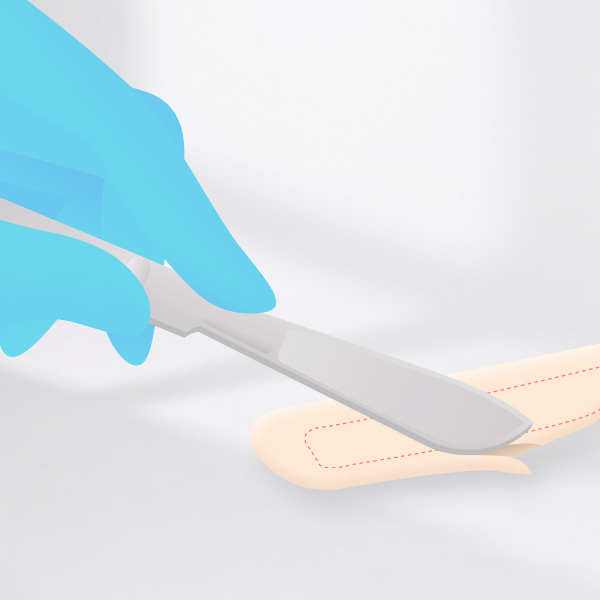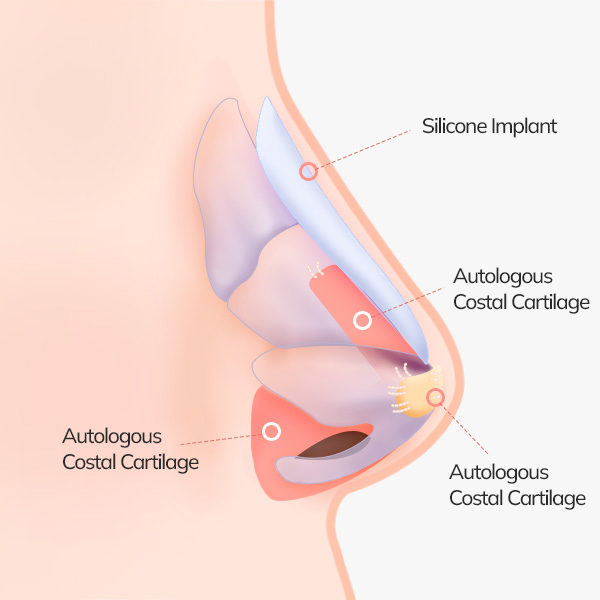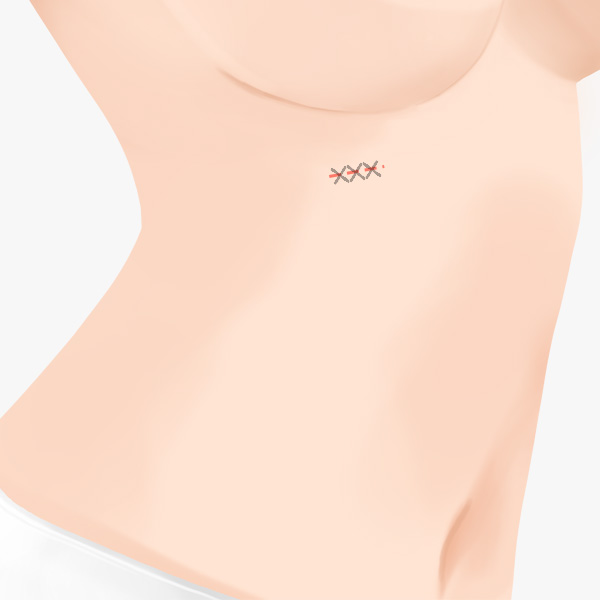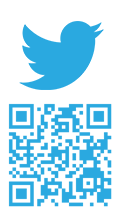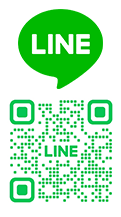Wanna Nose
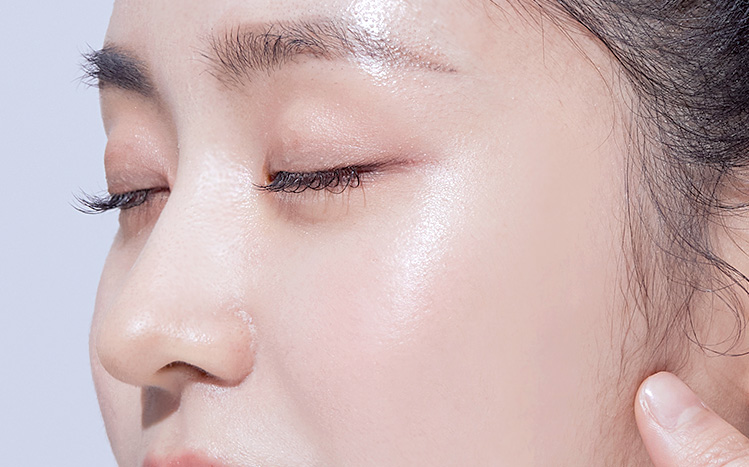
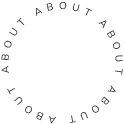
About
Mini-Incision Autologous Rhinoplasty at Wanna Plastic Surgery
Autologous costal cartilage is the strongest and least likely to cause sagging of the tip of the nose among existing rhinoplasty materials. Therefore, if you want a fancy nose or need strong support for the tip of your nose, such as in the case of revision surgery, you may hesitate due to concerns about the most suitable material, pain at the surgical site, or surgical scars.
Wanna Plastic Surgery’s autologous rib rhinoplasty is a surgery that obtains a strong, sharp nose shape while reducing the burden of postoperative pain and scars by harvesting autologous rib cartilage through a minimal incision and dissection of approximately 2.5 cm. Wanna plastic Surgery’s autologous rhinoplasty can be performed using both sleep and general anesthesia methods depending on the patient’s convenience, and has the advantage of quick return to daily life after surgery due to minimal incision and dissection.
Surgery Information
Surgery Time
2 hours
Anesthesia Method
Sleep / General
In-hospital Treatment
2-3 times
Stitch Removal
After 1 and 2 weeks
Recovery Period
1 week
wanna’s special
What’s special about Wanna’s Mini-Incision Autologous Rhinoplasty?
- 1
- Experience and know-how accumulated over many years
We perform stable anesthesia and surgery through years of accumulated experience and know-how.
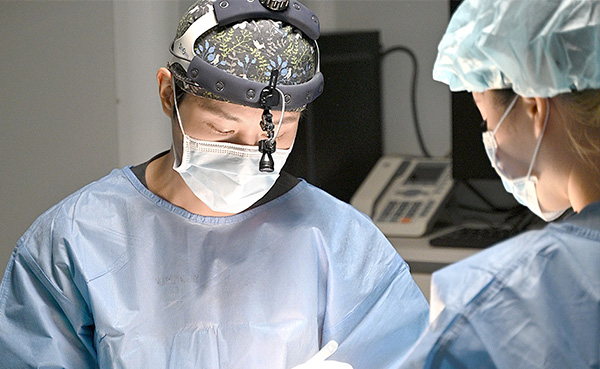
- 2
- 3D-CT Equipment
Using 3D-CT Equipment we determine whether to use autologous costal cartilage by considering the exact structure of the nose and the patient’s needs.
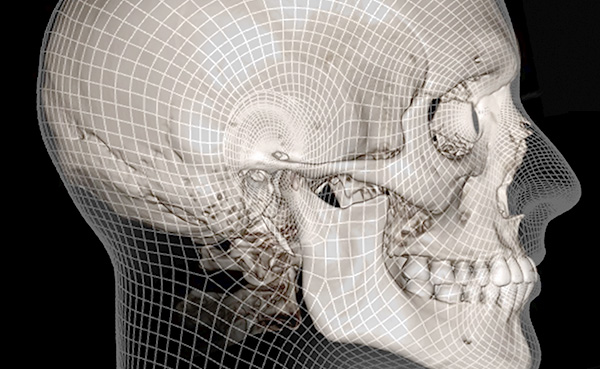
- 3
- Costal cartilage harvesting know-how
Using Wanna’s unique costal cartilage harvesting know-how, we make small incisions when harvesting autologous costal cartilage and perform the surgery to minimize scarring and pain.
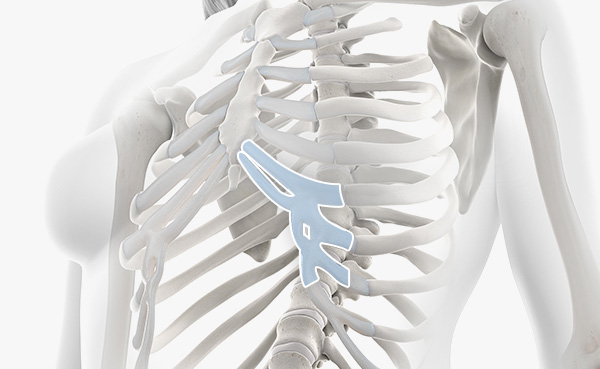
- 4
- Thorough scar management
The burden of scars is reduced through meticulous finishing that minimizes scars and side effects, and thorough scar management is carried out after surgery.
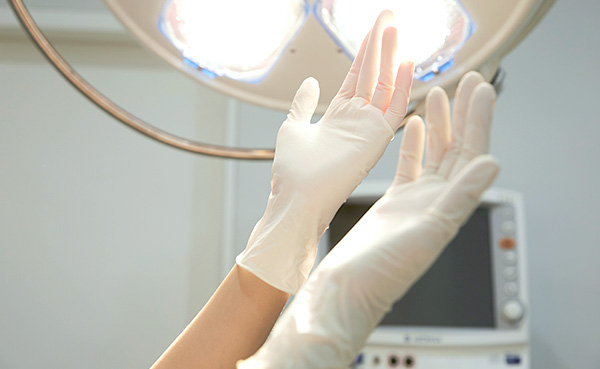
- 5
- Strong support and maintenance
Through Wanna’s unique know-how, the surgery is performed with strong support and maintenance with minimal bending of the autologous costal cartilage.
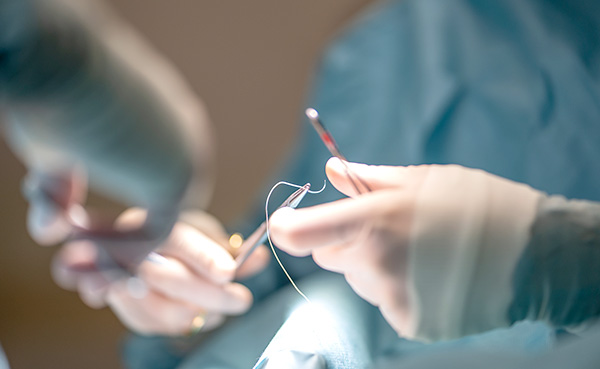
- 6
- Implementing a nose shape suitable for the image
Through detailed consultation, we create a nose shape that suits the patient’s desired image and consider a harmonious line for the face, taking into account each individual’s face shape and proportions.

- 7
- Detailed nose tip shaping
We perform detailed nasal tip surgery to create the ideal nasolabial angle, columella, under the tip of the nose, and the tip point of the nose.
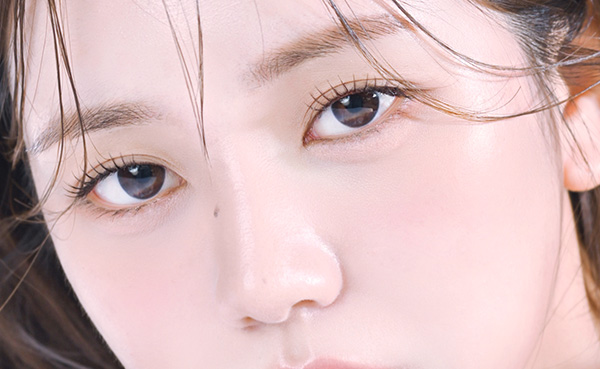
- 8
- Real-time monitoring and continuous management
We aim for safe surgery through real-time monitoring during surgery. We provide continuous follow-up care with the mindset of taking responsibility for the patient’s nose for the rest of their life.
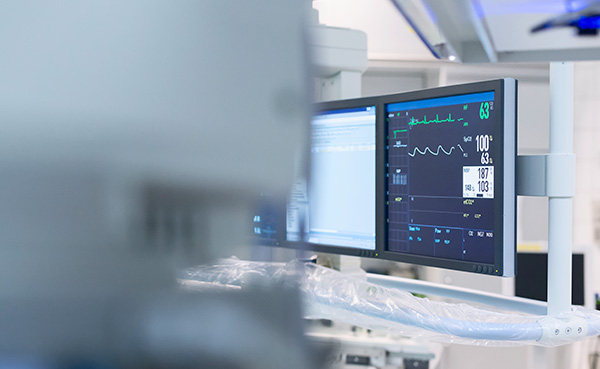

What is Costal Cartilage?
Costal cartilage refers to the chest cartilage located under the ribs.
Among the existing nose surgery materials, it is the safest, most durable, and has a low possibility of sagging the tip of the nose.
Therefore, it is the most suitable material if you want a fancy nose or if you need strong support for the tip of your nose, such as in the case of revision surgery.
Advantages of costal cartilage
- Because it is autologous, there is less inflammation and side effects
- Can be used for various purposes
- You can raise your nose bridge without artificial implants
- It is good to use as a material for the tip of the nose when you want a fancy nose or during revision surgery
- Compared to other cartilage, it is abundant and strong
- Robust with low absorption rate
Recommendation Target
Mini-Incision Autologous Rhinoplasty is recommended for these people
| 01 | If you want to enhance the tip of your nose fancy |
|---|---|
| 02 | When reoperation is necessary due to side effects |
| 03 | If there is aversion to donated rib cartilage |
| 04 | If you want a dramatic change |
| 05 | If there is contracture or an inflammatory reaction |
| 06 | If your nasal septum cartilage is insufficient |
| 07 | If you are worried about side effects |
Mini-Incision Autologous Rhinoplasty Surgical Method
Effect
Mini-Incision Autologous Costal Cartilage reduces side effects and ensures more effective results!
- Implementation of gorgeous line
- Reduces inflammation and side effects
- Increased three-dimensionality of the face
- Straight nose without tip drop
- Strong and sturdy nose bridge

Post- Surgical Process
On the day of surgery
Bruising and swelling may develop gradually, and breathing through the mouth and falling asleep may be uncomfortable. Make sure you drink water often.
Day 1
As it’s most swollen, bruising and swelling may extend to the area around the eye.
Day 5-7
The swelling in your nose will begin to decrease and you will be able to breathe easier once the stitches and tape are removed. The autologous rib harvest site may feel painful when you apply pressure to the abdomen, but it is bearable and will disappear after about a month.
Week 2-3
About 60-70% of the swelling disappears, and the swelling at the tip of the nose goes away slowly.
2-3 months
Swelling disappears by more than 90%, and minor swelling gradually disappears, making the tip of the nose soft.
after Mini-Incision Autologous Costal Cartilage Rhinoplasty
- To minimize swelling and bruising, we recommend applying cold compress for 3-4 days. It is recommended to proceed with 15-20 minutes of steaming followed by a 5-minute rest.
- You should sleep in an upright position with your head elevated for 7 days.
- There may be bruising, swelling, and pain for a few days after surgery. Depending on individual differences, it will disappear after about a week.
- Post-operative dressing, bandages, cotton, etc. should not be removed by oneself
- Accessories such as glasses and sunglasses can be wom after 4 weeks.
- Symptoms such as throbbing, pulling, tingling, and numbness may occur for about a month, but this is normal.
- If there is sudden pain, swelling or redness, please visit the hospital.
- Until the stitches are removed, water should not come into contact with the stitches area. Washing your face can be done in the afternoon on the day of stitch removal, and light makeup can be applied after stitches and tape are removed.
- A light walk helps reduce swelling and bruising, so we recommend taking a walk after removing the stitches and tape.
- Exercise, saunas, jimjilbang, drinking alcohol, and smoking should be avoided for one month.
- We recommend wearing an abdominal band for 2 weeks to reduce pain at the autologous rib harvest site.
Recommended with



